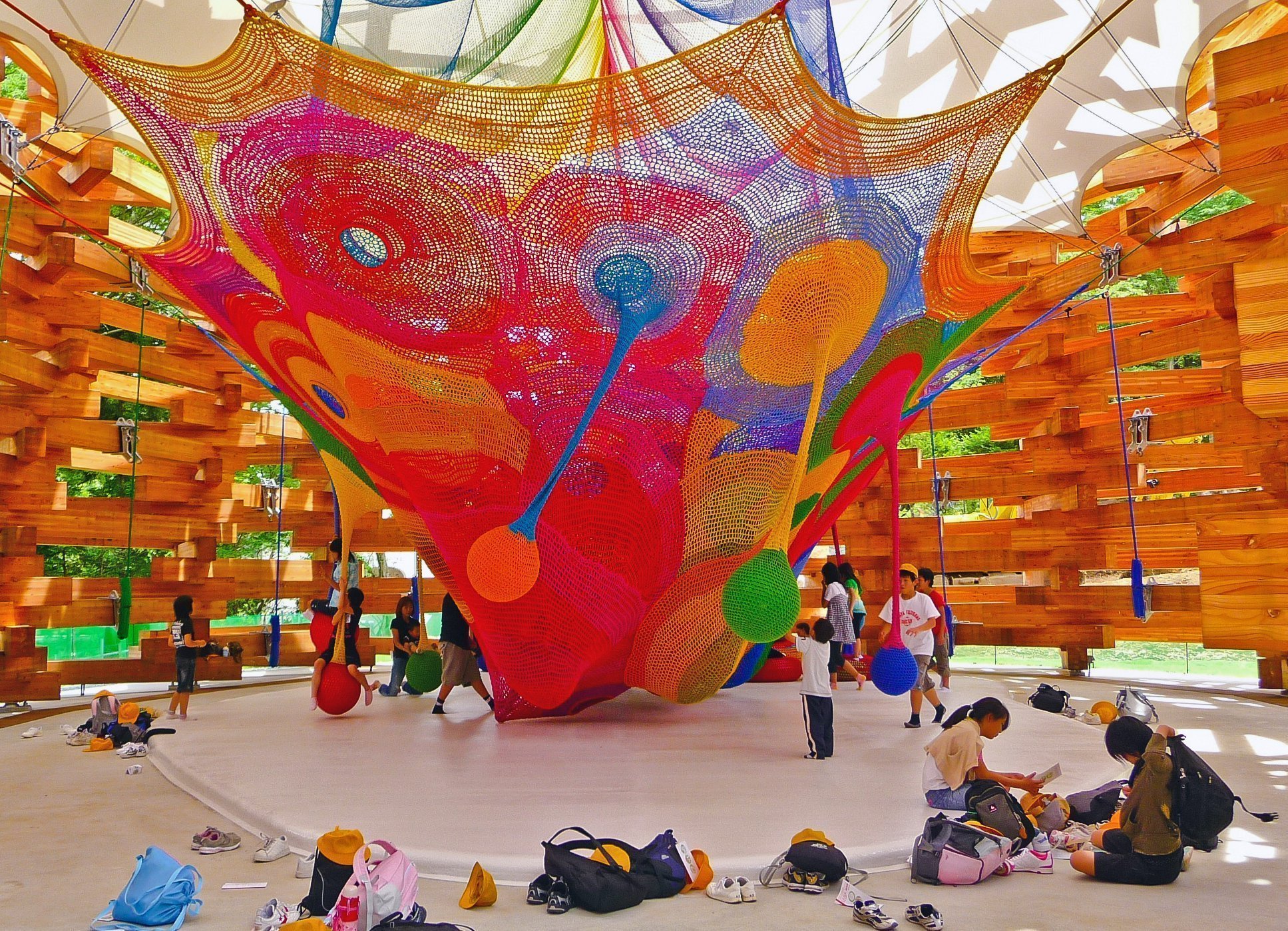
Digital Literacies as an eager learners playground
Sponsorship in digital literacies have a strength over sponsors of print based literacies in that digital interaction has shaped into a culture of an eager learners playground, and print based literacy, into one of definite choice and forceful thinking. The solidity that gives print based literacy its power as Brandt explains in Accumulating literacy, when combined with the option of the free, more playful, and more satisfaction orientated environment the digital world has become. ( We talked in class about youtube tutorial culture, and “how to” videos allowing for the spreading of literacy with newer and more friendly approach, distilled from the playfulness of choice. A topic searched for, or looked for,as opposed to one that is traditionally given, or dispersed.
This culture of choice and play as Keri Franklin writes in #pleasehelp, is one of the four pieces of emphasis in teaching new literacies. In her second point, “reading widely” Franklin writes that “we need to the opportunity to read and write within the genre, first for fun, and without aim” the benefit of choice that digital literacies come from, could be said are more easily accessed or adapted too, because of this wide survey of genre.
In the newest Literacy that I have tacked for myself I have noticed this same element of choice helping and hindering my decision to continue learning it, and my self esteem during the learning process. Much like Franklin, when I began to attempted to read an old fashioned dictionary. Recently Ive noticed that my digital aid has left me with little to no knowledge of how to use a dictionary. When my poetry class required I use it profusely, I continued to struggle with accessing the language. What frustrated me the most, was that I couldn’t search for the word, I had to find it the pages that were already there. There was no search bar, and if I found a page where the word might be on, I had to look closely and find it, but I still had to digest what I wasn’t looking for, no instant gratification. It made looking for words at first to be more of a struggle, rather than a journey of words, as I have come to understand it, but not until recently. The language of searching for words, and finding words were more separate identities than I had originally perceived, and when I actually sat down and attempted to learn how to read a dictionary the way it should be read, the element of choice, and decision making, in my part as the user, was not needed, and the language barrier became more and more apparent to me, because of other reasons, yes lack of support, and maybe others, sticking with the four element outlined by Franklin, but mostly by the lack of a word being offered to me, and rather being there for me work toward. This was the biggest challenge in appeasing that specific print based sponsor, and the most vibrant difference in the two markets of literacy, as we have outlined in class.

 Website:
Website: